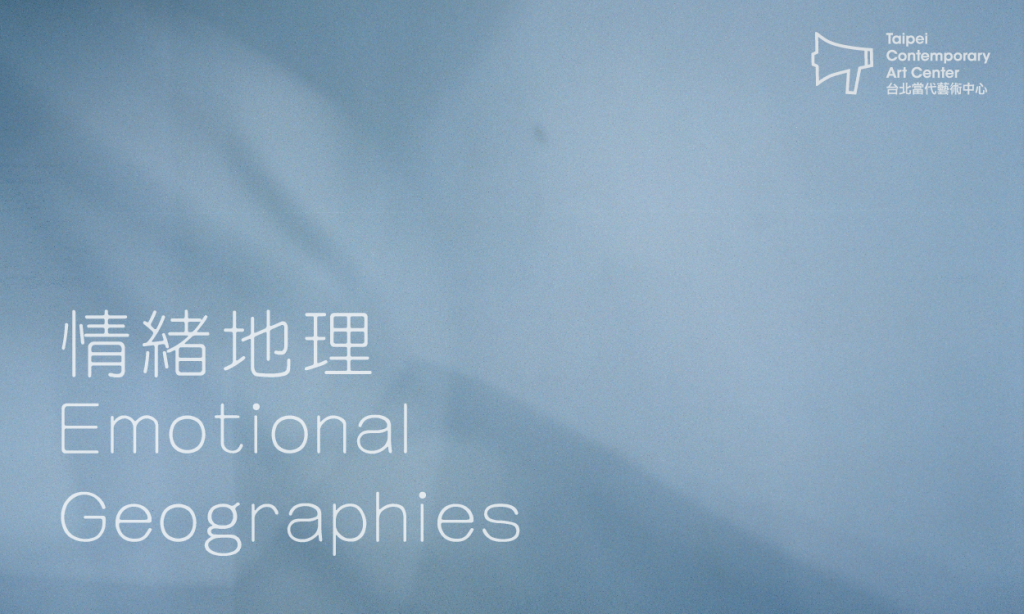For English, please scroll down
時間:2017/07/12 – 22 ,週三至週六, 1-7PM
地點:台北當代藝術中心(台北市保安街49巷11號,捷運大橋頭站)
藝術家:Rory Viner
展覽透過兩組聲音作品來呈現藝術家探索與描繪隱性的個人身體感官
《鋼琴上的自殺數據》是Rory Viner在2013年根據日本自殺統計數字的延伸創作所品。
《性、感應器與聲音——內在地理的擴張》
這些感知的探索通過機器的轉化和聲音表現,
關於藝術家
Rory Viner為聲音藝術家與實驗性音樂作曲者,現居日本東京。Rory作品專注於非定性的音樂結構、交織旋律與干擾性技術,在繁鬱且完整的編曲中找尋聲響建築在撩亂時刻中的疏朗之美。他近期的創作關注聯覺(synesthesia)、感知、資料與聲響。
關於辛沙龍
TCAC在2017年所全新推出的《辛沙龍》系列將首度嘗試透過展演情境創造和焦點議題的發展來輪廓未來政治的形貌。全年度的活動節目將從「身體政治」的再出發來思考各種切身於社會關係組織、政治權力的議題,從性和死亡等兩大軸線來探索不同文化如何理解身體作為當代社會中作為何種政治媒介、意識形態、文化符碼和結構規訓的載體。從而觀看身體在文化歷史上、在藝術文本中如何展現、交織、再現個體和集體的慾望和運作;在政治經濟上,又如何可能被歸納到各種被英雄化、神聖化、殘疾化、工具化、機械化、畸形化、妖魔化等狀態。這些身體政治的問題意識將引導我們重新關注並辨識自身現代化的真正起始點,並思索所處當代社會身體的病徵。相關的子題或將擴延至情慾、性別、身份政治、酷兒研究、女性主義、暴力、痛苦、死亡、後網路、賽伯客等,以長達兩年的時間來梳理關於身體實踐之徑。
辛沙龍系列關注如何在21世紀創造一種新型態的藝術沙龍聚會發表以滋養公共領域的知識生產與藝術實踐,讓藝術家與各界人士得以在一種共學、協作的過程裡展開長期對話性的研究討論、展示實驗、創意激盪並衍伸更多展覽形式以外的藝術言說方式來和觀眾/參與者進行溝通,演練奇想空間場域。這同時將作為TCAC開發公共領域擴延思索以及藝術實驗場的手段,刺激在地藝術社群擴延議題思想和跨文化交流的範疇,以此投射對藝術中心在空間敘事、身份功能、社群關係上的開放想像。
Time: 2017/07/12-22 Wed. – Sat., 1-7PM
Venue: Taipei Contemporary Art Center, No. 11, Lane 49, Baoan Street, Taipei (MRT: Daqiaotou Station)
Artist: Rory Viner
The exhibition conveys the specific and often invisible conditions of personal emotions and social psychology via the artist’s exploration and approach.
Suicide Stats on Piano is Rory Viner’s composition based on the statistics of suicide rate in Japan in 2013. Each section of twelve notes encompasses a year of self-killings within a prefecture, each monthly number adumbrated in sound, revealing the metastasis of time and space inherent to statistical study. The fragility of the composition enfolds the listener within a narrative of dichotomies: statistics and selfhood, sound and silence, creator and product, the discontinuity of self and the uninterrupted world. In the straight analogue sounds of piano, emotions acquire an acoustic terrain to manifest expressions.
Sex, Sensors and Sound – The Dilation of Internal Geographies is a reflective exploration of senses. The artist transformed sexual kinesthetic movements into sound by attaching various piezoelectric sensors to himself and his partner at the waste and limbs, and streamed and recorded the live output. Each piezoelectric sensor was programmed to trigger a different, specific note within an Arduino sketch after the sensors were connected to a microcontroller. The notes as MIDI data were then sent out of the Arduino program and into a synthesizer. This output was streamed live to be heard during intercourse in order to create a feedback loop where both the sound and our movement would interact with each other- our bodies instrumental, editing our actions in real time to change our behavior in order to change the musical output. The consequences of such emotion translation however alienated personal feelings instead of collapsing distance, creating a distorted sensory circuit.
Through the mechanical transformation and sound expressions, the sensory exploration exceeds the specific personal and cultural territory, extracting the frequency of private desires, loneliness, love and despair into new resonances for triggering an alternative understanding on social fabrics and bodies.
About the Artist
Rory Viner is a sound artist and experimental composer based in Tokyo, Japan. With a focus on unusual music structure, interwoven melodies and glitch techniques, Rory constructs a sonic architecture of dazzling moments of sparse beauty amidst lush and complex orchestration. His current work focuses on synesthesia (the mixing of senses), sensors, data and sound.
About the Salon Spice
In 2017 TCAC is launching a new program series as an attempt to contour future politics by creating a tangible open space for connecting experimental displays and thematic discussions: the Salon Spice. Taking a departure from “body politics”, the Salon Spice will contemplate issues related to social organization and the distribution of political power from two main subjects “sex” and “death.” We will explore how bodies are at the center of this topic, subject to political agency, ideology, cultural symbol, structure and discipline across different cultures. Through a cultural and historical lens, we shall examine how bodies are presented and connected by their representation among individual and collective desires and manipulations in art. Politically and economically speaking, we will investigate how bodies are constantly labeled and classified as heroes, holy figures, witches, or the disfigured. The abnormal, alienated, instrumentalized or body-as-machine figures shall also be examined. These problematic topics will lead us to rethink and identify the real starting point for our very own modernization progress, and link with the symptoms of the contemporary social bodies. Related topics may also extend to eros, gender, identity politics, queer studies, feminism, violence, pain, death, post-internet, cyborg, etc.
The Salon Spice series suggests how to create a 21st century art salon that meets diverse variations of contemporary knowledge production, artistic practice and development of public sphere. It aims to create a co-learning collaborative environment and process for artists and other professionals by building conversations and navigating through research, display experiments, brainstorming, and other artistic communication beyond the form of exhibition-making, and together, exercising the space with fantasy and intervention. This could be considered as one of the strategies for TCAC to expand the public realm and art experimentation, providing a progressive platform for the local art community to explore ideas and intercultural exchanges that can be a part of the public imagination for the art center’s space narration, institutional identity, function and community.

